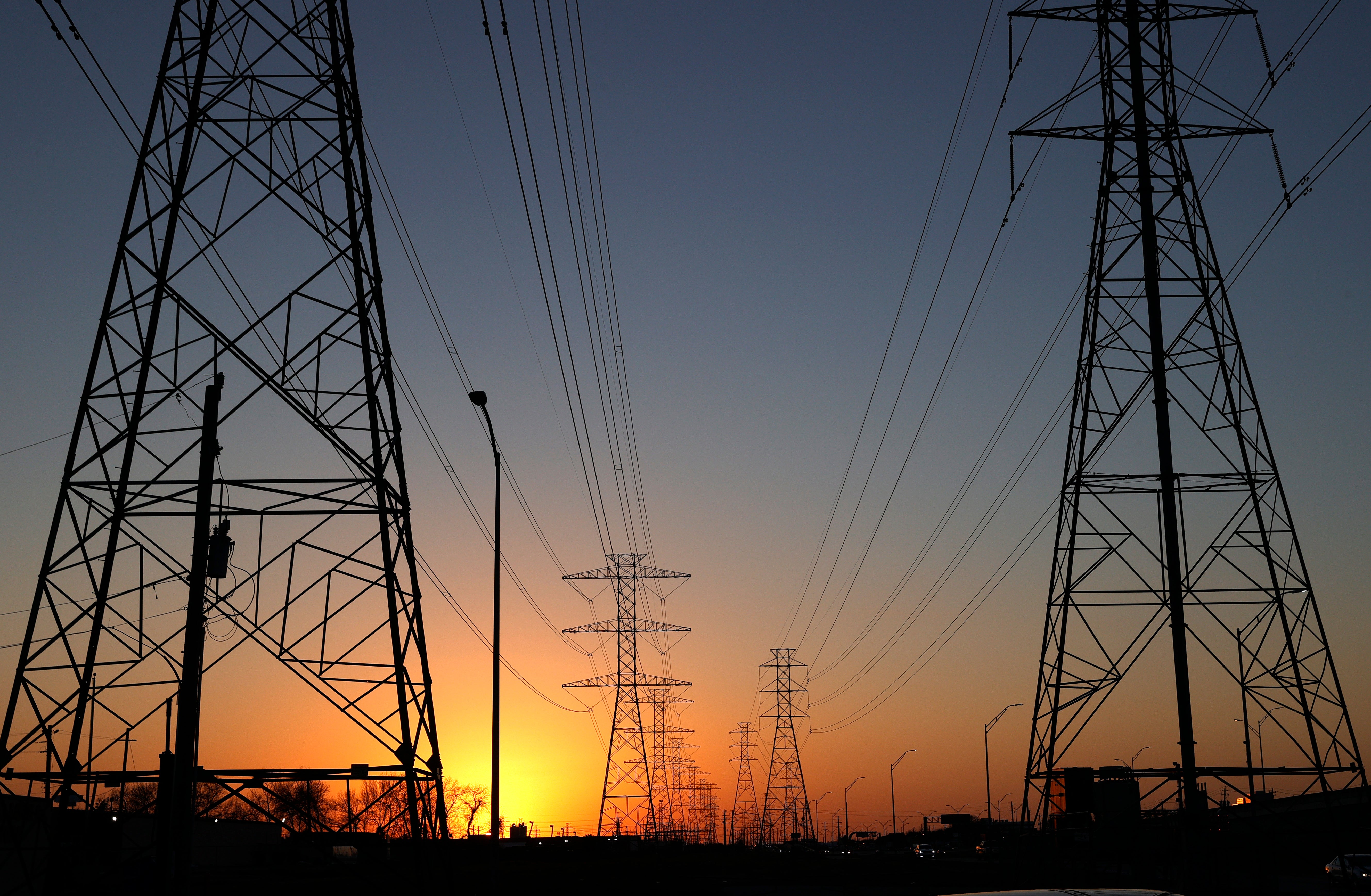While the energy industry has improved its winter readiness, at least 115 million Americans could be at risk of a loss of power because of storms fueled by extreme weather conditions, a new report says.
Multiple rounds of winter weather have already brought heavy snow to Colorado, New Mexico and other parts of the West, knocking out power for tens of thousands of customers.
A storm system was moving across the Pacific Northwest on Friday and expected to dump several feet of snow over the Cascades.
Those storms are already creating a demand for more power to heat homes and run electricity. Now, a new report from the North American Electric Reliability Company found many North American regions are at an “elevated risk” of energy shortfalls under extreme conditions.
That could lead to loss of power in key moments or as communities try to heat homes.
The power grid situation has been made worse by natual gas production and regional pipeline capacity, the group found.
“Winter brings unique challenges for the electric industry, and this year, growing demand and increased reliance on natural gas add new layers of risk,” John Moura, the group’s director of Reliability Assessments and Performance Analysis, said in a statement. “Our assessment highlights concern around the challenges in sudden and prolonged demand spikes, and the need to manage those by improving short-term forecasts to more effectively posture both electric and natural gas systems.”
Outside of Texas, the group said Thursday that there is “little to no information to indicate that upstream gas producers, gatherers, and processors have improved winterization of their operations,” the company noted.
The report singled out New York, New England and Texas - areas where nearly 80 million Americans live - as being at an increased risk of energy shortages.
The Electric Reliability Council of Texas, which manages the flow of electricity to about 90 percent of the state’s electric load and serves more than 27 million customers, came under harsh scrutiny in 2021 after an extreme winter storm – Winter Storm Uri – caused a massive electricity generation failure that resulted in a loss of power for more than 4.5 million homes and the deaths of at least 290 people. Many froze in their own homes. Members of the Texas grid operator resigned in the aftermath of that storm.

The North American Electric Reliability Company noted the lingering impacts of this year’s Hurricanes Helene and Milton may also make the grid less resilient to extreme winter storms in the Southeast.
While 2023 was fairly mild, a colder winter is expected across the US year, leading to projections that households that use natural gas to heat their homes will consume 5 percent more energy.
Natural gas consumption in the power sector has seen record highs this year, according to the company.
“It is clear that regulatory and electric industry winterization initiatives introduced to address reliability issues experienced during Winter Storms Uri and Elliott have made a positive impact on generation readiness going into this winter,” Mark Olson, the organization’s manager of reliability assessments, said. “However, we cannot ignore ongoing concerns around natural gas supply and [the company] encourages entities across the gas-electric value chain to take the actions necessary to prepare for extreme cold, to keep gas flowing, and to keep the lights and furnaces on.”







